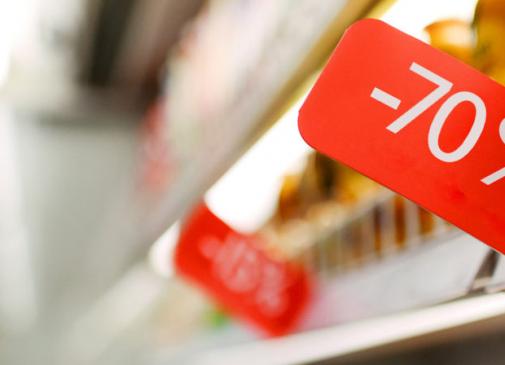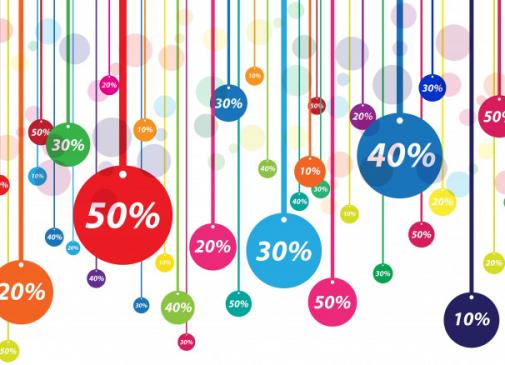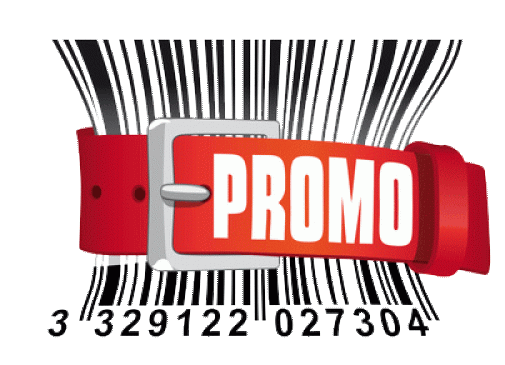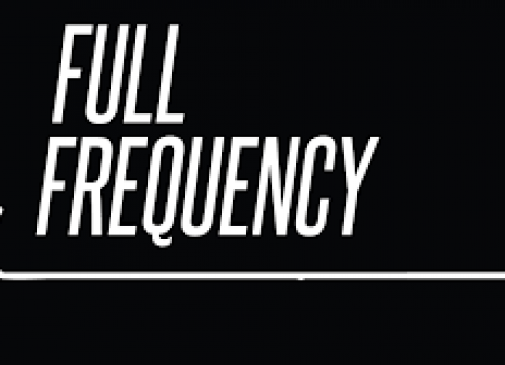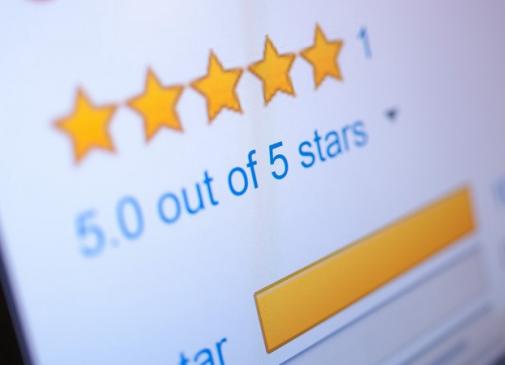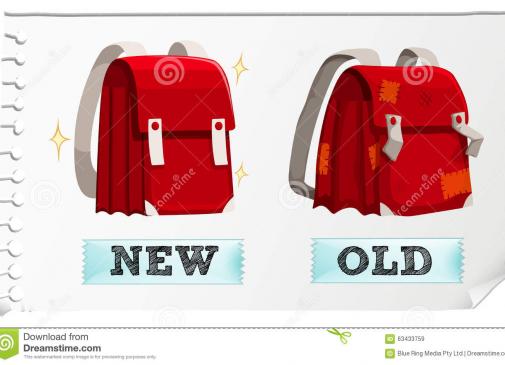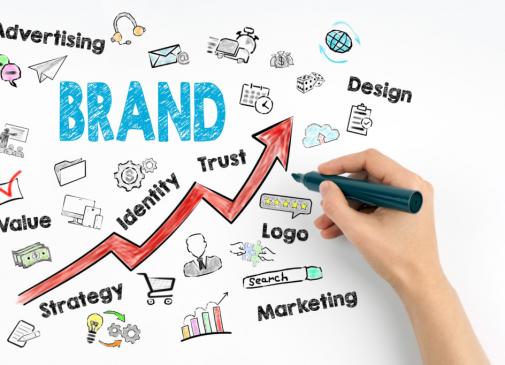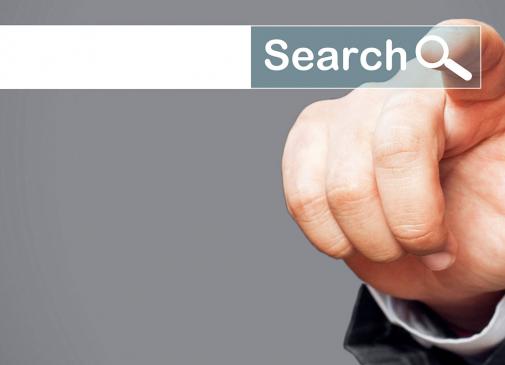Guess what, consumers do not really care about prices. Shocked? Well, according to research, an average shopper spends a negligible 12 seconds between arriving at the site within a store where a frequently purchased product was located and leaving the site. 55.6 percent of store visitors could recall the price of a chosen item within 5 percent of accuracy, just seconds after having picked it from the shelf. At the same time, other studies confirm that consumers are not really totally lacking price sensitivity, which motivates stores to keep reasonable prices.
Guess what, consumers do not really care about prices. Shocked? Well, according to research, an average shopper spends a negligible 12 seconds between arriving at the site within a store where a frequently purchased product was located and leaving the site. 55.6 percent of store visitors could recall the price of a chosen item within 5 percent of accuracy, just seconds after having picked it from the shelf. At the same time, other studies confirm that consumers are not really totally lacking price sensitivity, which motivates stores to keep reasonable prices.
Sounds like stating the obvious, but pricing choices are extremely important for any business. There are several reasons for this. First of all, pricing is the only part of the marketing mix that generates revenue. It also often impacts the positioning of a product. Once a price has been set, consumers will frequently fiercely object to any attempts to revise it. And last but not the least, pricing constitutes a marketing mix variable for which a competitive response can be most quickly implemented.
The price needs to be right, say consumers
According to 2012 survey by the NPD Group, a whopping 85 percent of consumers in the United States consider price to be a key factor in choosing where to shop in the near future. This way, overall pricing wins against special deals and sales, which were not as important to respondents. Today's shoppers are smarter when it comes to spending money. Partly because they have new possibilities of comparing prices, either on the Web at home or at store, using their smartphones. Shoppers are literally more calculating when making their purchase decisions and pricing strategies must reflect that. Consumers are more price-savvy and their shopping patterns have changed. Consequently, setting retail prices has become harder, at the same time remaining a strategically critical factor for both retailers and manufacturers. Setting the right pricing strategy can turn into a competitive advantage.
Pricing: manufacturer versus retailer
To make matters even more complicated, retailers and manufacturers often have conflicting interests when it comes to pricing. Finding trade-offs is always tricky, especially when one party is bent on maximizing category profits and other hates to see their products used as loss leaders and their brand reputation tarnished. For a large number of categories, consumers tend to simply switch brands (but not purchase more) when one brand goes on sale. Result? The retailer might as well seize much of the price difference. From the points of view of manufacturers, it may pay off more to use coupons or mail-in rebates, which make it more difficult for a retailer to pocket discounts.
Other studies reveal that price promotions have a predominantly positive impact on manufacturer revenues, but their effects on retailer revenues are mixed. Furthermore, retailer category margins are typically reduced by price promotions. Even when accounting for cross-category and store-traffic effects, there is still evidence that price promotions are typically not beneficial to the retailer. That being said, retailers and manufacturers have come to rely on price promotions, routinely using coupons, two-for-one offers, and temporary price cuts to attract more shoppers and enhance sales.
Majority of promotions have only fleeting effects. Research proves that after a promotion runs its course, customers quickly return to their old buying patterns and sales drop back to normal levels. Again, promotions can often do retailers more harm than good. A promotion of one brand in a soft drink category may actually slash a supermarket’s overall soft-drink revenues as consumers let themselves be seduced by promotions and temporarily shift to the cheaper brand. Consumers may also refuse to purchase a heavily promoted product once it has returned to its higher price.
So what is the trick of price-setting, promotions included? Each promotion or discount ought to be perceived and assessed as a separate marketing event. Promotions are tactical by nature and should be managed accordingly. Only then will both retailers and manufacturers be able to truly benefit from promotions while reducing their drawback to minimum.
Sources: http://www.consumerpsychologist.com/intro_Pricing.html; http://www.anderson.ucla.edu/faculty/dominique.hanssens/content/mans0225-2author.pdf; https://www.npd.com/wps/portal/npd/us/news/press-releases/pr_120424/
http://hbr.org/2002/09/who-benefits-from-price-promotions/ar/1; Photo: wikipedia.org

